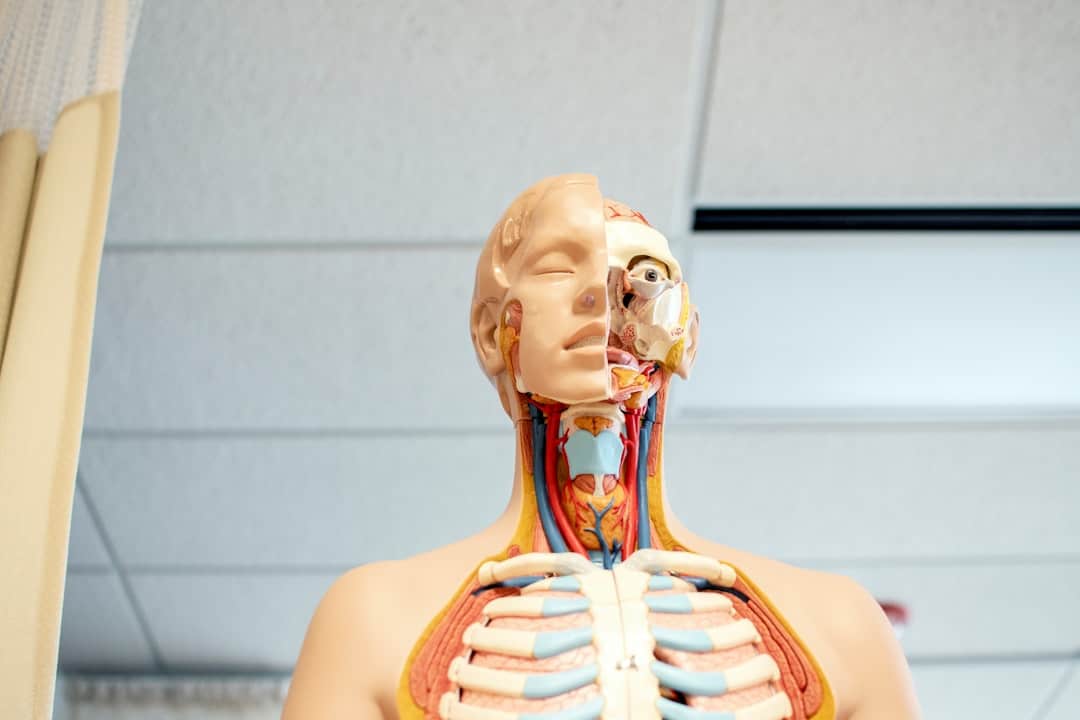The concept of the metaverse has gained significant attention in recent years, referring to a collective virtual shared space created by the convergence of virtually enhanced physical reality and physically persistent virtual reality. This digital environment allows users to interact with computer-generated surroundings and other participants. While the metaverse is not a novel idea, recent technological advancements have made its realization more feasible than ever before.
The rise of virtual reality (VR) and augmented reality (AR) technologies has contributed to the metaverse becoming an increasingly tangible concept. The metaverse has the potential to transform how individuals interact with digital content and each other. It offers businesses new avenues for engaging with consumers, providing immersive experiences that surpass traditional online interactions.
As the metaverse continues to evolve, it is crucial for businesses to comprehend the various business models that can be implemented within this virtual space. The metaverse presents a wide array of opportunities for businesses to explore, ranging from direct-to-consumer models to the creation and sale of virtual goods and services.
Key Takeaways
- The Metaverse is a virtual reality space where users can interact with a computer-generated environment and other users.
- Direct-to-Consumer Business Model involves selling products or services directly to consumers through online platforms in the Metaverse.
- Subscription-based Business Model offers access to virtual content or services for a recurring fee in the Metaverse.
- Virtual Goods and Services Business Model involves selling digital products or services within the Metaverse.
- Advertising and Sponsorship Business Model allows businesses to promote their products or services to users in the Metaverse.
Direct-to-Consumer Business Model
Reaching Consumers Directly
The direct-to-consumer (DTC) business model involves selling products or services directly to consumers, bypassing traditional retail channels. In the metaverse, this model can be applied through virtual storefronts or digital marketplaces where consumers can browse and purchase items within the virtual environment. This model allows businesses to establish a direct relationship with their customers, gaining valuable insights into consumer behavior and preferences.
Immersive Shopping Experiences
In the metaverse, DTC businesses can create immersive shopping experiences that go beyond traditional e-commerce platforms. Virtual reality technology can be used to create lifelike representations of products, allowing consumers to interact with them in a more engaging way. Additionally, businesses can leverage augmented reality to allow consumers to try on virtual clothing or visualize how products will look in their physical space.
Enhancing the Shopping Experience
This level of interactivity can enhance the overall shopping experience and drive higher levels of engagement and sales. By providing consumers with a more immersive and interactive experience, businesses can increase brand loyalty and drive revenue growth.
Subscription-based Business Model

The subscription-based business model has become increasingly popular in recent years, offering consumers access to products or services for a recurring fee. In the metaverse, this model can be applied to a wide range of offerings, from virtual entertainment and gaming to virtual fitness classes and digital content. By offering subscription-based services within the metaverse, businesses can create a steady stream of revenue while providing consumers with ongoing value.
One of the key advantages of the subscription-based model in the metaverse is the ability to offer exclusive content and experiences to subscribers. Businesses can create virtual environments that are only accessible to subscribers, providing them with unique benefits and privileges. This can help to foster a sense of community and loyalty among subscribers, driving retention and long-term value for the business.
Additionally, the subscription-based model allows businesses to continuously update and improve their offerings, keeping subscribers engaged and satisfied.
Virtual Goods and Services Business Model
The virtual goods and services business model involves selling digital products or services within the metaverse. This can include anything from virtual clothing and accessories to virtual real estate and digital experiences. In the metaverse, businesses can create and sell a wide range of virtual goods and services, catering to the diverse interests and preferences of consumers within this digital space.
One of the key advantages of the virtual goods and services model is the ability to create unique and exclusive offerings that are not bound by physical limitations. Businesses can leverage virtual reality technology to create lifelike representations of products, allowing consumers to interact with them in a more immersive way. Additionally, businesses can offer virtual experiences such as virtual concerts, events, and tours, providing consumers with new and exciting ways to engage with digital content.
Advertising and Sponsorship Business Model
The advertising and sponsorship business model involves generating revenue through advertising placements and sponsorships within the metaverse. As the metaverse continues to grow, businesses have the opportunity to reach consumers in new and innovative ways through targeted advertising and branded experiences. This model allows businesses to capitalize on the attention of consumers within the metaverse, creating new opportunities for brand exposure and engagement.
In the metaverse, businesses can leverage virtual environments to create immersive branded experiences that go beyond traditional advertising formats. Virtual reality technology can be used to create interactive branded spaces where consumers can engage with products and experiences in a more engaging way. Additionally, businesses can sponsor virtual events and experiences, gaining exposure to a captive audience within the metaverse.
This model allows businesses to create meaningful connections with consumers while generating revenue through advertising placements and sponsorships.
Social Commerce Business Model

Enhanced Interactive Experience
In the metaverse, social commerce can evolve into new dimensions, allowing users to interact with each other in immersive virtual environments while discovering and purchasing products. This fusion of social interaction and commerce creates a unique and engaging experience for users.
Virtual Storefronts and Social Features
Businesses can establish virtual storefronts within social spaces, enabling users to browse and purchase items while engaging with friends and other users. Moreover, businesses can leverage social features such as user-generated content and social sharing to drive engagement and sales within the metaverse.
Unlocking New Opportunities
By leveraging the social nature of the metaverse, businesses can engage with consumers in a more interactive and social way, unlocking new opportunities for growth and revenue. As social commerce continues to evolve in the metaverse, businesses that adapt to this new landscape will be well-positioned to thrive in the future.
Virtual Real Estate and Rental Business Model
The virtual real estate and rental business model involves buying, selling, and renting virtual properties within the metaverse. As the metaverse continues to develop, virtual real estate is becoming an increasingly valuable asset, offering businesses and individuals new opportunities for investment and revenue generation. This model allows businesses to capitalize on the growing demand for virtual spaces within the metaverse.
In the metaverse, businesses can buy and develop virtual properties, creating unique and immersive environments that cater to specific interests and preferences. Virtual real estate can be used for a wide range of purposes, from hosting virtual events and experiences to providing spaces for businesses to establish a presence within the metaverse. Additionally, businesses can generate revenue through renting out virtual properties for events, experiences, and other purposes.
This model offers businesses new opportunities for investment and revenue generation within the evolving landscape of the metaverse. In conclusion, as the metaverse continues to evolve, it is important for businesses to explore the various business models that can be implemented within this virtual space. From direct-to-consumer models to virtual goods and services, advertising placements, social commerce, and virtual real estate, the metaverse presents a wide range of opportunities for businesses to engage with consumers in new and innovative ways.
By understanding these business models and leveraging the unique capabilities of the metaverse, businesses can create immersive experiences that drive engagement, revenue generation, and long-term value within this digital space.
If you are interested in exploring the possible business models in the metaverse and how they can shape the relationship between provider and customer, you may want to check out this article on future trends and innovations in the metaverse. This article discusses emerging technologies that are shaping the metaverse and how they are impacting the way businesses interact with their customers in this virtual space. It also delves into the significance and impact of the metaverse, as well as the challenges and opportunities from a business and economic perspective, which are covered in these articles here and here.
FAQs
What are the possible business models in the metaverse to shape the relationship between provider and customer?
There are several possible business models in the metaverse, including virtual goods and services, virtual real estate, advertising and marketing, virtual events and experiences, and virtual currency and transactions.
How do virtual goods and services shape the relationship between provider and customer in the metaverse?
In the metaverse, providers can offer virtual goods and services such as digital clothing, accessories, and virtual experiences, which customers can purchase and use within the virtual environment. This creates a direct relationship between the provider and the customer, as the customer’s experience and satisfaction with the virtual goods and services directly impact the provider’s success.
What role does virtual real estate play in shaping the relationship between provider and customer in the metaverse?
Virtual real estate in the metaverse allows providers to offer virtual spaces for customers to inhabit, explore, and interact with. Providers can sell or rent virtual real estate to customers, shaping the relationship by providing a space for customers to engage with the provider’s content, products, or services.
How does advertising and marketing in the metaverse impact the relationship between provider and customer?
In the metaverse, providers can use advertising and marketing strategies to reach and engage with customers in virtual environments. This allows providers to directly target and interact with customers, shaping the relationship by delivering personalized and immersive experiences.
What role do virtual events and experiences play in shaping the relationship between provider and customer in the metaverse?
Virtual events and experiences in the metaverse provide opportunities for providers to engage with customers through live performances, virtual gatherings, and interactive experiences. This shapes the relationship by creating unique and memorable interactions between the provider and the customer.
How do virtual currency and transactions impact the relationship between provider and customer in the metaverse?
Virtual currency and transactions in the metaverse enable customers to make purchases and transactions within virtual environments. This shapes the relationship by providing a seamless and secure way for customers to engage with providers and access virtual goods, services, and experiences.











Leave a Reply